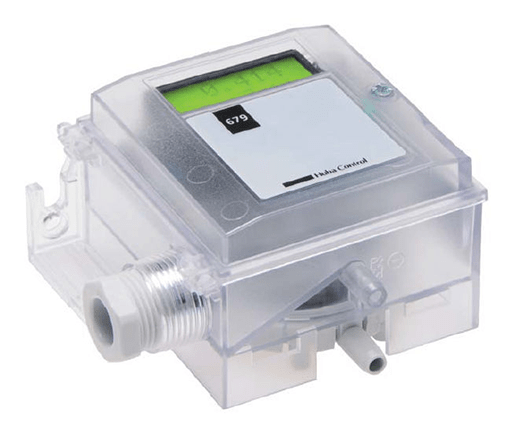
Figure 1: The HVAC system is on the rooftop.
Transmitters play an indispensable role in most applications in HVAC (Heating, ventilation, and air conditioning) systems, which can maintain a suitable indoor temperature, and improve the energy efficiency of HVAC systems as well. In addition, they can realize the integration of the HVAC system and the building automation system.
Traditional HVAC systems use pressure and temperature transmitters as well as switches to control the basic operation, such as opening or closing the system and the valves or vents, etc. As HVAC systems are required to become more efficient, there is a pressing market demand for more fine-grained control of different subsystems. This has led to numerous technological advances, such as variable refrigerant flow, variable speed motors and blowers, electronic expansion valves, and many other control methods used to fine-tune the system and reduce total energy consumption.
Pressure Transmitter Improving the HVAC System
With the increasing demand for building maintenance, the HVAC system has been unable to meet the needs. Whether in commercial, retail, or industrial buildings, pressure transmitters have been important to monitor the safety and comfort of the buildings. When combined with pressure technology, HVAC systems can operate at optimal levels and ensure building maintenance.
* Monitoring the Pressure Difference
Differential pressure transmitters are applied widely in HVAC systems. In the HVAC system, the terminal transmitter and controller are key components to stabilize the operation of the whole system and achieve the effect of energy saving. Differential pressure transmitters are used to monitor the air pressure difference between the two ends of the filter at the air outlet in the indoor air vent of a central air conditioner.
As time goes by, the dust on the filter accumulates gradually, affecting the air circulation of the filter which could help reduce dust and impurities on the ventilation ducts. Due to the bad air circulation, the pressure difference between the two ends of the filter is increasing. And the pressure transmitter can detect the pressure change and send the signal to the PC.

Figure 2: A transmitter used in the HVAC system.
When the signal reaches a certain value, it will alarm to remind the cleaning staff to replace or clean the filter. In addition, differential pressure transmitters are also used to control the air supply at the air outlet.
In architecture, quality control is fundamental. Pressure transmitters closely monitor and indicate pressure changes. The pressure decrease in the room or the filter can alert the service technician. Pressure transmitters monitoring differential pressure in HVAC systems are especially important for critical applications, such as stair well pressurization, clogged filter detection, or clean rooms.
Applications: compressors, coolers, boilers, heat recovery systems, burner controls, VAV(variable air volume) controllers.
* Improve Indoor Air Quality
Transmitters increase the efficiency of an air conditioning system by measuring the airflow and pressure, even though it has been an efficient air distribution system. Buildings require a certain amount of air current depending on the function of the building and the average number of residents.
For instance, a shopping mall with a lot of traffic and people who emit carbon dioxide, and pressure transmitters can ensure that much airflow is pumped back into the building so that people can breathe easily. Pressure transmitters are especially beneficial for clean space by assessing and monitoring air pressure, quality, and ventilation.
Applications: VAV control, static duct pressure, air handling systems.

Figure 3: A VAV controller and an actuator.
* Optimize the HVAC System
By measuring the pressure and airflow in each room, it is helpful to optimize the HVAC system. By increasing the efficiency of HVAC systems, transmitters are useful to reduce building energy consumption and costs. The transmitter probing area can also reduce energy costs and prevent unnecessary energy loads due to equipment faults. Moreover, pressure transmitters can also ensure the HVAC system to comply with relevant laws and regulations.
Summary
Pressure transmitters in HVAC systems can measure the airflow and pressure to maintain the buildings. Besides, they are helpful to improve indoor air quality and optimize the HVAC system. They are often used to monitor the dust on the filter and control the air supply.
By using pressure transmitters in HVAC systems, it can reduce the cost of maintenance of buildings. In the era of industrial automation, transmitters have been playing an important role.
Related Info
9 Different Types of TransmittersUse of Differential Pressure Transmitter and Common Troubleshooting
Different Types of Pressure Transmitters, Working Principle, and How to Select Pressure Transmitter


